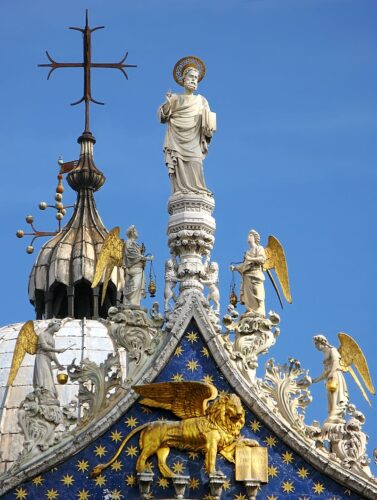Childhood
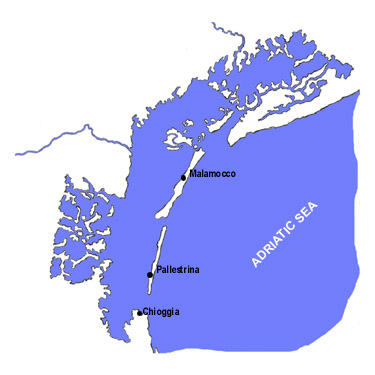
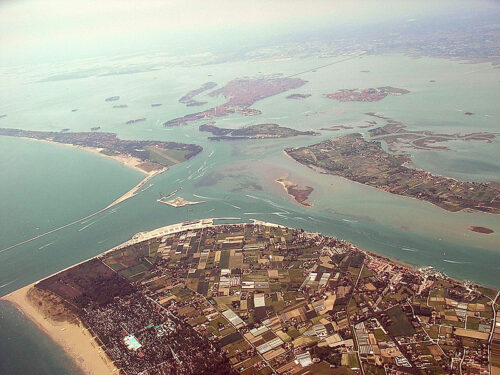
In an event that would decide the city’s future destiny Doge Obelerio degli Antenori , tried to commit Venice to the sovereignty of Charlemagne‘s Frankish empire in fear of a possible coup by his political rivals, by inviting Charlemagne’s son Pepin, (crowned King of Italy a few years earlier), to send an army from Ravenna to occupy Venice, in 809. Brushing aside their political differences and outmanoeuvring the Doge’s real politik, the people of the lagoon managed to band together and take advantage of the maze-like form of their land and the shallowness of their waters to build an impenetrable water defense at the height of Malamocco island which would never be broken by Pepin’s ships. After six months of a fruitless siege, Pepin’s fleet sailed away defeated. Venice’s triumph would echo for hundreds of years to come. Pepin’s failed attempt to subdue Venice led to an agreement between Charlemagne & the Byzantine Emperor Leo V in 814 AD and a recognition of Venice as a Byzantine territory with trading rights across the Adriatic. The agreement paved the way for Venice’s success which was now destined to make its fortune from trade between the East and the West.

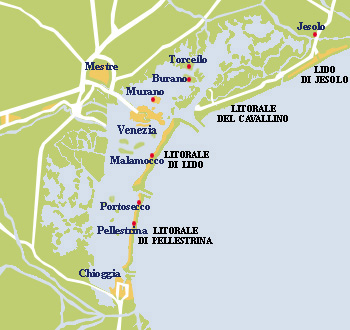
The capital city of the Venetian region, was first Oderzo (occupied by the Adriatic Veneti from 10th century BC), next Aquileia (both on the mainland), then Eraclea (on the edge of the lagoon) followed by Malamocco, before finally moving to the islands around Rialto where the land is a bit higher above water level (Rialto->Rivo alto->high bank) in 810-811. Agnello Participazio, member of a rich merchant family from Eraclea, among the leaders of the Venetians after Charlemagne’s people left office and defender of Venice during Pepin’s siege became the Doge shortly after Pepin’s withdrawal (811). Pepin had ravaged Chioggia and Eraclea, so Agnello had it rebuilt renaming it Cittanova (New City) while he fortified the outlying islands of the lagoon (Lido and Pelletrina). He was the one who built the first doge’s palace where St. Marks Square is now, moving the ducal seat from Malamocco to Rivoalto.
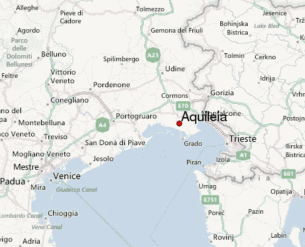
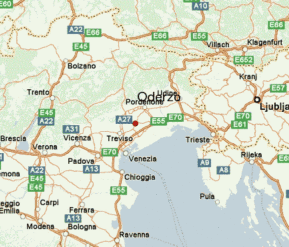
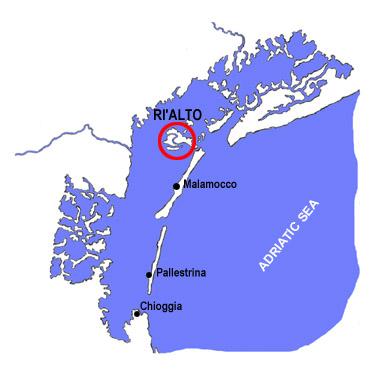
According to the tradition Venice was first evangelised by Saint Mark the Evangelist and many Venetians made the pilgrimage to Mark’s grave in Alexandria. During the first year of Giustiniano Participazio (son of Agnello Participazio) as a doge, two Venetian merchants under the orders of the new doge managed to corrupt the Alexandrine monks who guarded the body of Saint Mark the Evangelist in Alexandria and steal it away secretly to Venice on 31 January 828. Hiding the body amongst some pieces of pork allowed the Venetian ship to slip through customs without a very thorough inspection, since Muslims were not permitted to touch the unclean meat (Alexandria was at the time part of the Abbasid Caliphate) and thus Venice got hold of the remains of its new patron Saint. In the beginning the relics were secretly kept by Doge Giustiniano Participazio in the castle built by his father on the site of today’s St. Mark’s square until he decided to build a new ducal chapel dedicated to Saint Mark between the castle and the chapel of Saint Theodore Stratelates (patron saint of Venice before St. Mark) to house the remains: the first Basilica of San Marco in Venice.


